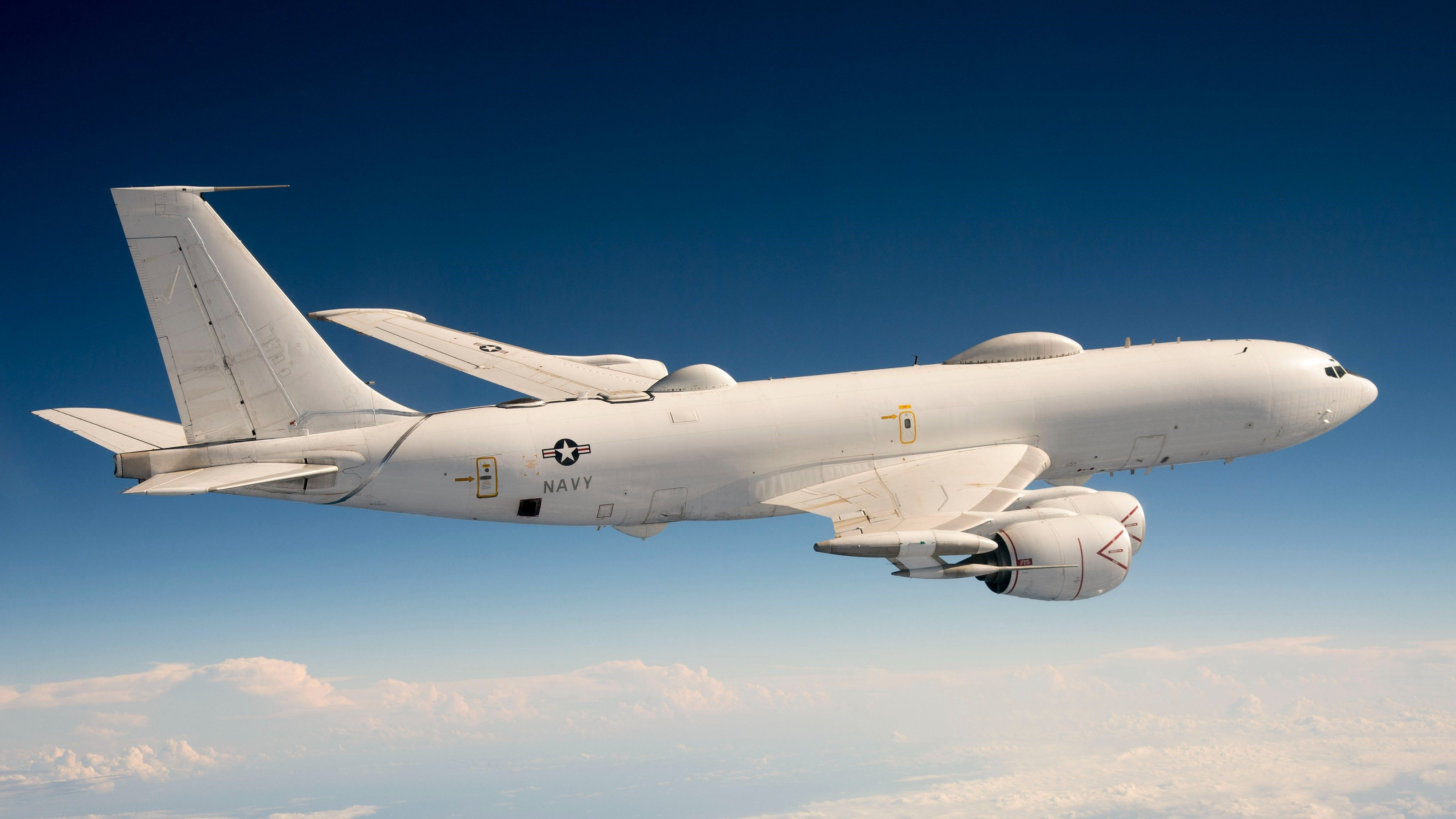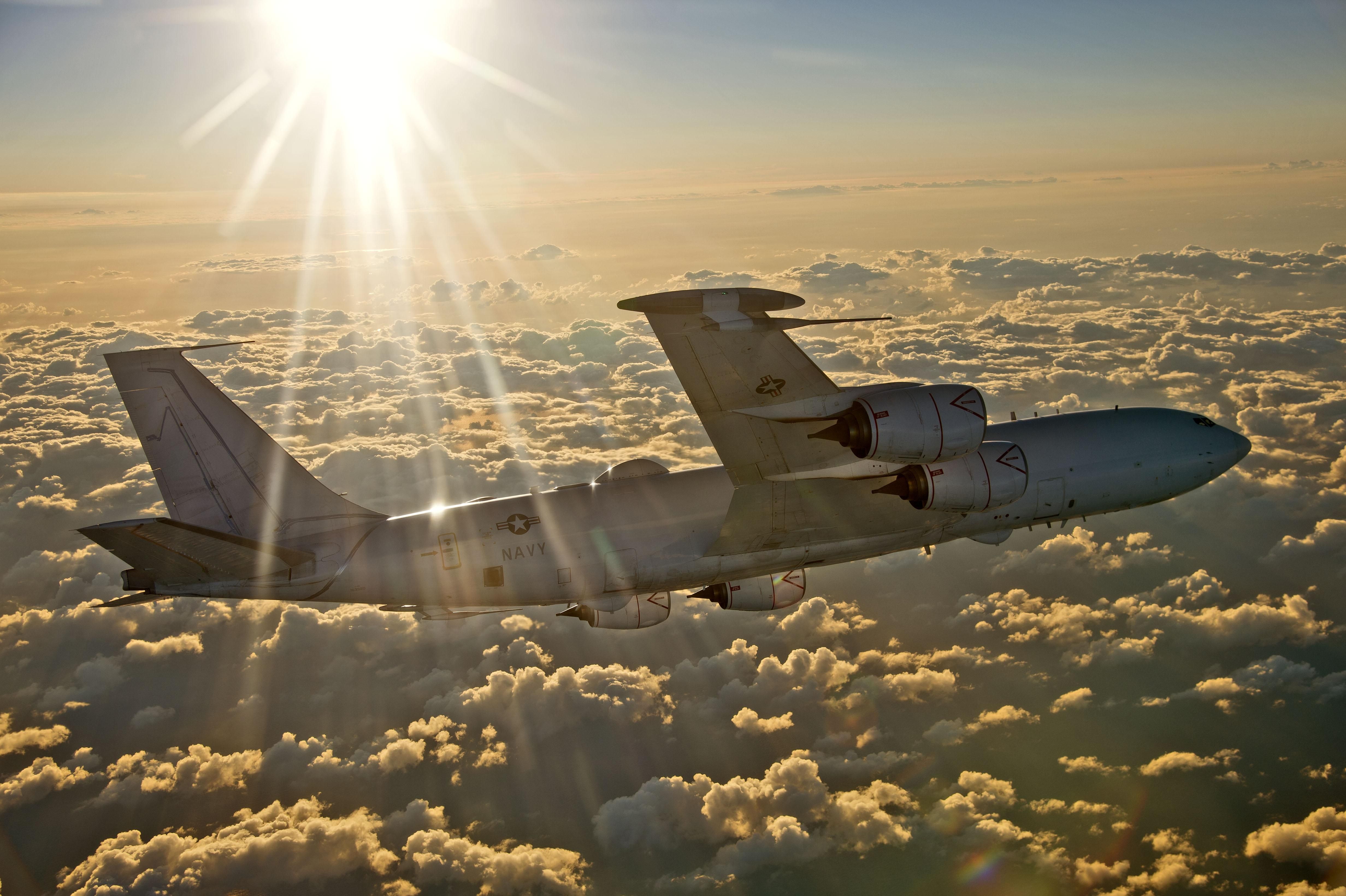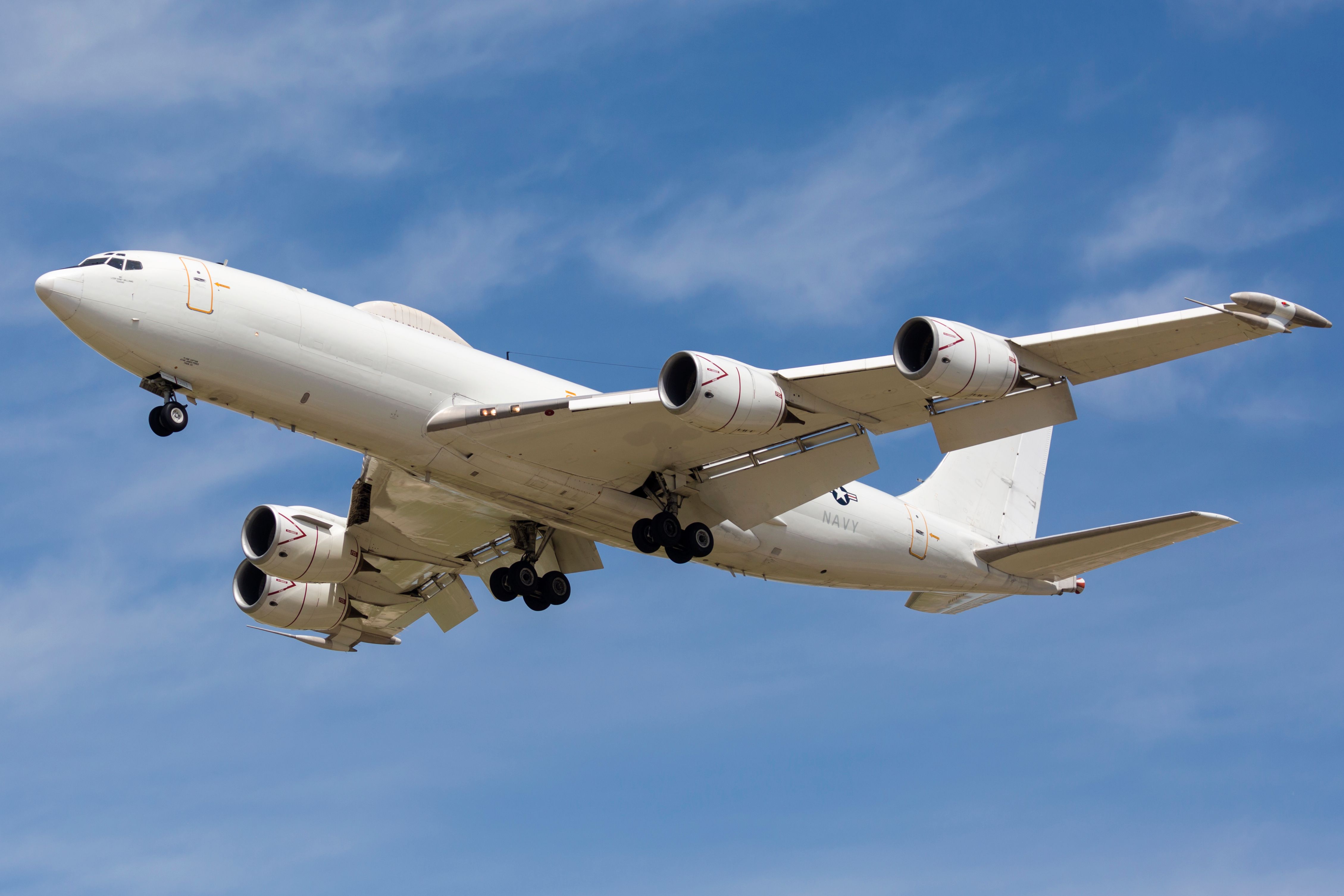Summary
- The US Navy's Boeing E-6 Mercury fleet, acting as a command and control center, commonly graces the skies one at a time.
- Boeing's E-6 Mercury provides instructions to nuclear forces in case of ground-based operations failure.
- Upgraded E-6Bs began being delivered to the US Navy this summer.
Following reports that then-President Donald Trump and First Lady Melania Trump had tested positive for COVID-19 in October 2022, the US Navy's Boeing E-6 Mercury was spotted in the skies over Washington, DC, and Oregon, raising questions about their usage.
Social media became aflutter with reports that the two nuclear command centers had taken to the air across the US East and West coastlines as a warning to the country's political rivals amid President Trump's illness.
The US Navy's command and control center
Boeing's E-6 Mercury has served the US Government for almost 35 years, joining the Navy back in 1989 as an in-air control center for its fleet of nuclear-powered submarines currently patrolling the seas worldwide.
Ranging in size from the smallest 6,082 tonne Los Angeles class attack submarine to the mammoth 16,764 tonne Ohio class, the US Navy's submarine fleet is second in the world to only North Korea, with a total of 68 currently in commission. As part of its nuclear deterrence capabilities, 14 Ohio class submarines carry 24 nuclear-tipped submarine-launched Trident D5 ballistic missiles (SLBMs) with warheads of up to 475 kt.
The E-6 Mercury serves as an “Airborne Command Post” (ABNCP), initially under Operation Looking Glass, utilized by the Navy to provide instructions to the country's nuclear forces should ground-based operations or command centers be destroyed or become inoperable.
As of 2023, the US Navy operates a fleet of 16 E-6s, with at least one jet in the sky at all times. While it is not uncommon for two or even three aircraft to be deployed, back in October 2020, the E-6s crews were noted to have turned on their transponders, as opposed to clandestine operations.
Keep up with the latest Simple Flying coverage of military aviation here
After learning of the ongoing social media discourse, Fox News reached out to the US Strategic Command for clarity. In response to the news outlet, an unnamed senior defense official explained that the flights were pre-planned and the Navy's apparent sudden decision to switch on the transponder was just a coincidence.
A brief history of the E6
The Boeing E-6 was the final new derivative of the pioneering Boeing 707 to be built by the aircraft manufacturer, with 16 planes entering service with the US Navy in 1989. The jets were destined to serve as part of the "Take Charge And Move Out” (TACAMO) mission, becoming airborne command centers.
A crew of 22 is required to get the aircraft operational, holding the critical task of launching both sea and land-based nuclear missiles if needed. The unique aircraft can operate for up to 72 hours at a time, thanks to in-flight refueling, paving the way for long-haul missions.
Examining October's flights in more detail, the Navy E-6s are frequently spotted in the skies, often with transponders turned on. While social media can fuel rumors and discourse, nothing stands out as particularly unusual. Had Trump taken a turn for the worse, executive power would have been turned over to Vice President Mike Pence temporarily, as outlined under the 25th Amendment.
A military jet for the modern age
In June 2023, the first upgraded E-6B Mercury was delivered to the US Navy by Northrop Grumman, overhauling the existing platform in favor of up-to-date technology and modern modifications. In a statement shared by Northrop Grumman, VP of platform sustainment and mission readiness Scott Pfeiffer explained,
“Northrop Grumman is leveraging cutting-edge technology in modernization, supporting the Navy’s mission to provide survivable, reliable and endurable airborne command, control and communications between the National Command Authority (NCA) and U.S. strategic and nonstrategic forces for persistent mission readiness.”
The work performed by Northrop Grumman upgraded the E-6's capabilities, adding several new features to allow the aging jets to continue operating reliably and efficiently. As of June, a second aircraft was undergoing upgrades at Northrop Grumman's Lake Charles facility, with the remaining E-6s to be completed over the next several years as part of a $111 million contract.
Amid its latest upgrades, the US Navy continues to operate the E-6 with no retirement date in sight. If the US Military's other Boeing 707-derived operations are any guide, the E-6 has a very long life ahead of it in the skies above North America.
What are your thoughts on the Navy's E-6 operations? Let us know in the comments.
Source: Fox News




